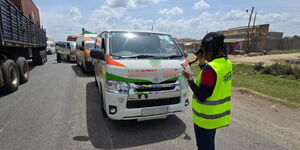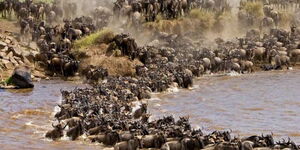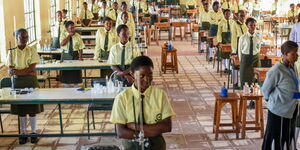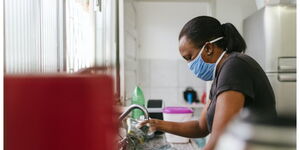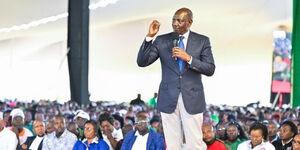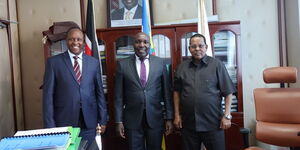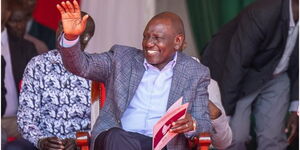Second-hand clothes, popularly known as mtumba, are a thriving part of Kenya's fashion industry, especially in Nairobi's Gikomba market.
According to Nation, Fashion Revolution, a UK -based group that promotes sustainable clothing manufacturing wants the country to ban the export of second-hand clothes.
The clothes are donated by UK people as a gesture of goodwill, but they do not clothe poor children as intended but end up feeding the second-hand market.
Britain, the world’s second-largest exporter of used garments, annually gives an estimated 365 million unused items of clothing, worth approximately £5.4 billion.
Kenya is the third largest importer of these clothes after Ghana and Benin which are offered at a fraction of their manufacturing cost.
The country imports approximately 100,000 tonnes of second-hand clothes annually, hence earning revenues from customs duties and creating tens of thousands of jobs.
With second-hand garments in Kenya costing between five and 10 per cent that of a new garment, local industries cannot compete in what Orsola de Castro, co-founder of Fashion Revolution, calls “an act of dumping”.
Fashion Revolution and other lobby groups have argued that East Africa has become dependent on unwanted western fashion products with dire consequences for local manufacturers.
Although the second-hand clothes have been blamed for the closure of 85 per cent of Kenya’s textile plants since the early 1990s, cotton output has also dropped to around a tenth of 1990s levels.
There is nevertheless divided opinion on whether it's the used-clothing garments that drove factories out of business, inefficient production or whether local manufacturers ever got a chance to prove their production.




